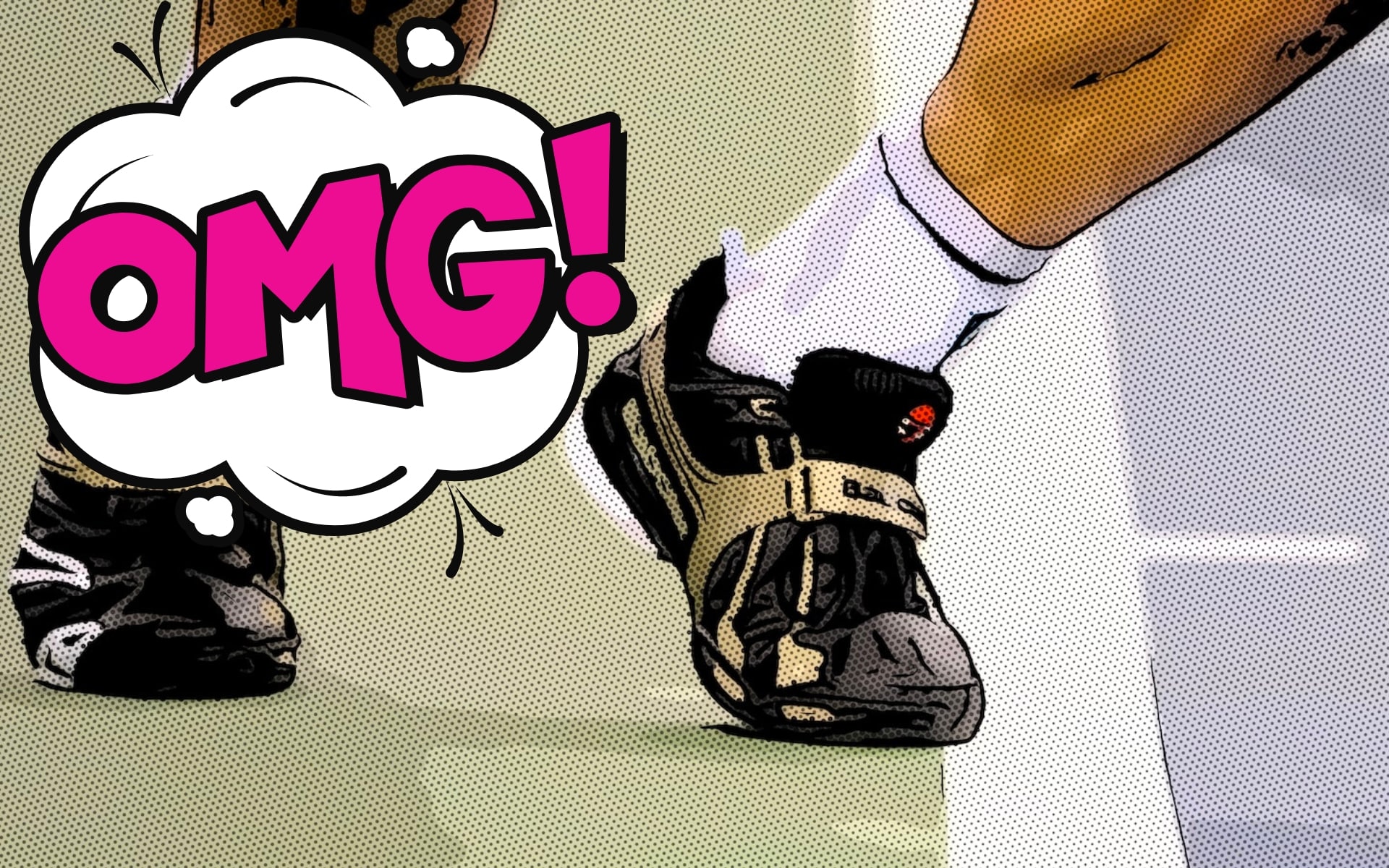Tennis, a dynamic sport with a multitude of rules, intricacies and techniques, is more than just hitting a ball across the net. Among the many rules, one that often gets overlooked is the foot fault rule. This rule relates to the server’s foot placement during the service motion, and its violation can lead to a service fault or even a double fault.
Foot Fault Explained
A foot fault in tennis occurs when the server’s foot touches or crosses over the baseline, steps on or crosses the center mark, or touches the wrong side of the imaginary extension of the sideline before striking the ball. This fault in tennis can happen on either the first serve or second serve and can significantly change the game’s dynamics.

Consequences of a Foot Fault
If a foot fault is called on the first serve, it leads to a second serve. If the server commits another foot fault or fails to land the ball in the correct service box on the second serve, it results in a double fault, causing the server to lose the point. This rule is enforced by a line judge in professional tennis, but it’s the responsibility of all tennis players to maintain integrity in their service motion.

Types of Serves in Tennis
Understanding the types of serves in tennis can help prevent foot faults. The tennis serve can vary greatly, from a powerful flat serve to a tricky slice serve. Regardless of the type of serve, the server must always ensure their foot remains behind the baseline until the ball is struck. If the server’s foot touches or crosses the baseline too early, it’s a foot fault.

Importance of the Service Court and Service Box
In tennis, the service court is divided into two service boxes: the deuce court and the advantage court. The server is required to serve diagonally to the opponent’s diagonally opposite service box. If the serve hits outside the correct service box, it’s a service fault. Understanding this layout and the rules is key to avoiding service faults and foot faults.
Noteworthy Foot Fault Instances in Professional Tennis
Foot faults have often been the subject of controversy in professional tennis. There have been notable incidents where foot faults have dramatically affected a tennis match’s outcome. For instance, during the 2009 US Open semi-final, Serena Williams was called for a foot fault on her second serve, leading to a heated exchange and, eventually, her disqualification from the match.
How to Avoid Foot Faults in Tennis
Avoiding foot faults is crucial to maintain a good serve. Here are a few tips:
- Master the Service Motion: Practice the service motion to ensure the server’s foot doesn’t cross the baseline before the ball is struck.
- Understand the Tennis Court Layout: Familiarize yourself with the tennis court, especially the baseline and the centre mark, to avoid stepping on or crossing them.
- Use Technology or Hire a Coach: Modern tools like video analysis can help identify foot faults. Hiring a coach can also be beneficial for personalized training and feedback.
The Importance of Understanding Foot Faults in Tennis
A foot fault in tennis may seem like a minor rule, but as we have explored, its implications can be game-changing. Therefore, all tennis players, whether amateur or professional, must fully understand what constitutes a foot fault, the potential consequences of committing one, and the strategies to avoid them.
Remember, tennis is a sport of precision, timing, and adherence to the rules. The foot fault rule plays a crucial part in ensuring the fairness and integrity of the game. So, keep practising your serves, stay mindful of your foot placement, and enjoy the beautiful game of tennis!




